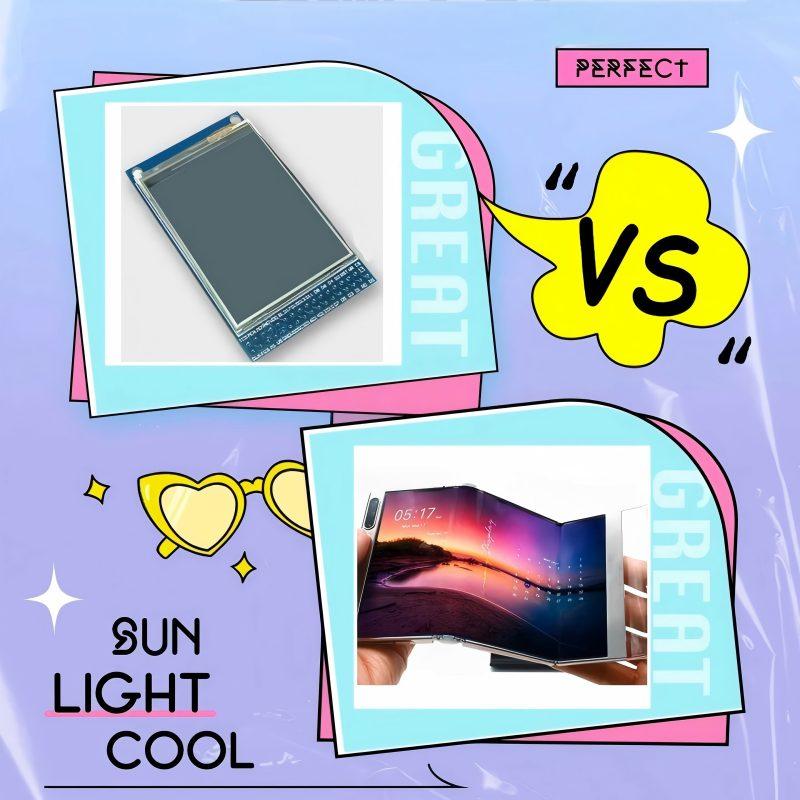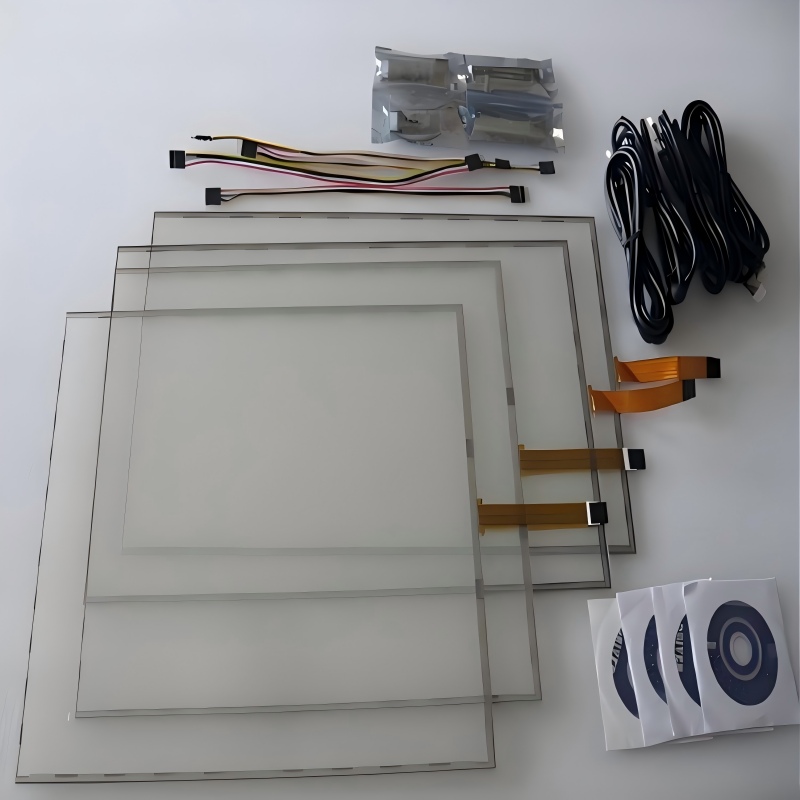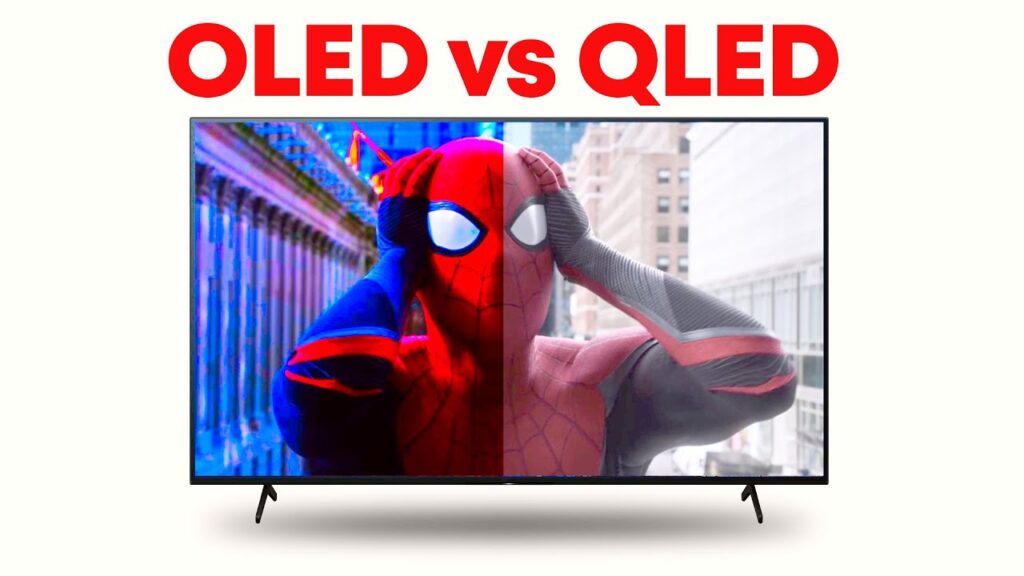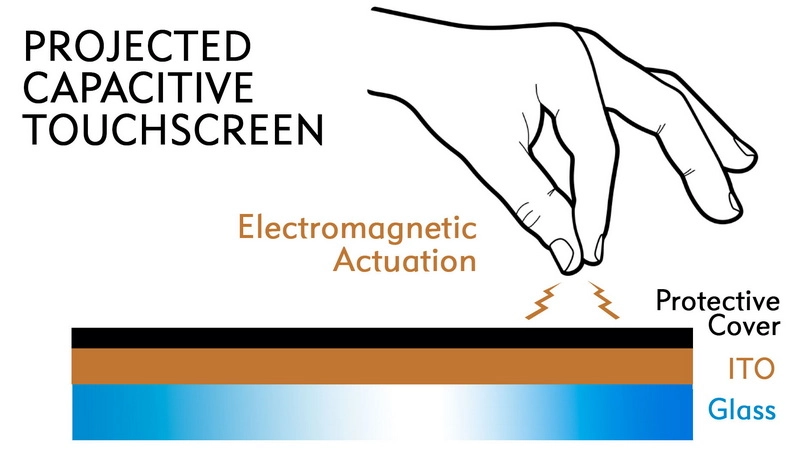Today, when digital interaction is ubiquitous, fingertip touch has become the most natural bridge connecting people and machines. The core supporting this magic is the unique absolute coordinate system of the touch screen: each touch independently generates precise coordinate data, which is directly mapped to the screen position after calibration. This system ensures the high […]
1. Technological evolution and diversified development Touch screen technology has formed a pattern of coexistence of multiple technical routes. Resistive screen, as an early representative, achieves positioning through physical contact between two conductive layers. Its advantage is that it is compatible with any object touch, from fingers to gloves and even pen tips, and it is low-cost. […]
1. Electroluminescence: the Quantum Dance of Energy Conversion The luminous essence of OLED is the quantum process by which electrical energy is directly converted into light energy.When an electric current passes through the organic light-emitting layer, electrons and holes are combined under the drive of an electric field, and the released energy excites the organic […]
1. Precise helmsman of pixels: realizing active matrix control The core role of TFT is to equip each pixel with an independent “electronic switch”. Imagine millions of pixels on a mobile phone screen: traditional passive matrix LCDs have difficulty in independently and accurately controlling each pixel, resulting in slow response and high crosstalk. TFT is […]
1.Structural cornerstone: the dance of precision “sandwich” and electron holes The essence of OLED is an organic semiconductor device made of multi-layer functional films precisely stacked: Substrate: As the “foundation” of physical support, flexible polyimide (PI) or rigid glass is commonly used. Anode (such as indium tin oxide ITO): a transparent conductor that injects holes (positive […]
1. Technology-driven nature: the gap between passive and active Traditional LCDs (often referring to passive matrix screens such as TN/VA) rely on external voltage to slowly drive the entire row/column of pixels. TFT-LCD integrates micro-thin film transistors as independent switches at each pixel to achieve precise and fast charge control. The National Institute of Standards […]
1. Molecular reconstruction of glass substrate Corning Gorilla Glass uses the ion exchange process (Ion Exchange Process) to replace sodium ions on the surface of the glass with potassium ions at a high temperature of 680°C, forming a compressive stress layer with a depth of 40 microns. This technology, certified by the American Institute of […]
Abstract As the core carrier of human-computer interaction, touch screens have penetrated into various fields such as consumer electronics, industrial control, and public services. Its technological evolution has evolved from resistive, capacitive, to acoustic and infrared technologies, forming a diversified technology ecosystem. This article will systematically analyze the working principles of the four major mainstream […]
Introduction of OLED vs QLED The battle between OLED and QLED has dominated the television industry for years, leaving many consumers confused about which technology offers the best viewing experience. Both claim to provide superior picture quality, but their differences go beyond marketing jargon. Understanding these distinctions is crucial when investing in a high-quality display, […]
Introduction Understanding Projective Capacitive Touch Screens Projected capacitive touch screens have revolutionized the way we interact with technology. Found in smartphones, tablets, automotive dashboards, medical devices, and industrial equipment, these advanced touch interfaces provide a seamless, high-resolution, and ultra-responsive experience. Unlike resistive touch screens, which require pressure to register input, PCAP technology detects touch using […]

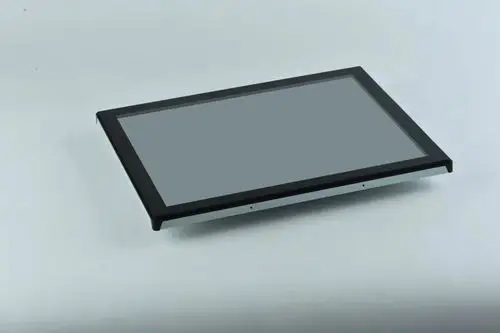

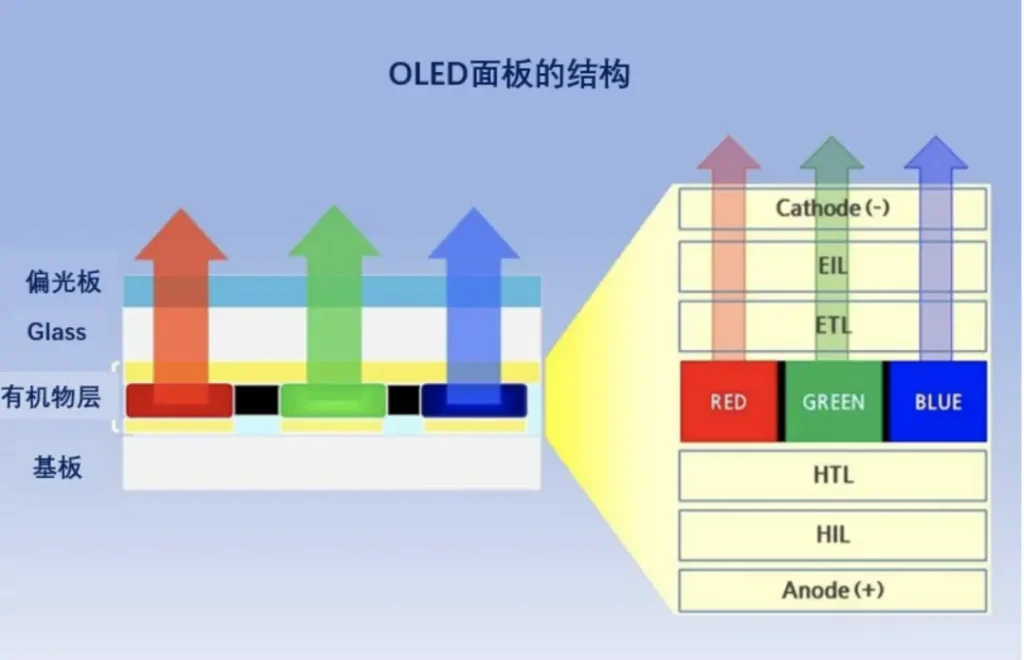
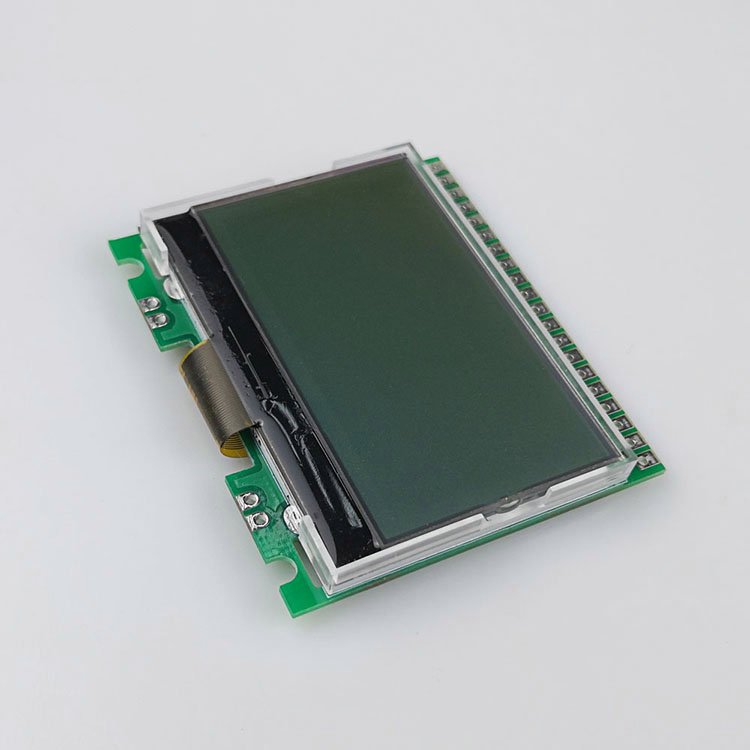
-1024x576.jpg)
